Being well-dressed does not require innate genius.
It is true that there are people who seem instinctively to know how to put things together or wear their clothes with originality. But there are two ways to get to a well-dressed state: indulging innate ability OR employing a combination of critical thinking, discipline and a little creativity. These are skills you use every day at work, albeit for different purposes.
Critical thinking is used to figure out your requirements and your preferences.
Requirements are dictated by your body type and your lifestyle. You need clothes that fit both. Since many have written, and written exhaustively and well, about dressing various body types, I am not going to write anything about that here. Instead, I suggest you absorb the teachings of Angie Cox of You Look Fab. She will tell you everything you need to know, in the most thoughtful and clear way. Dressing for your lifestyle means synthesizing (or perhaps more accurately, reconciling) two sets of conditions: your office dress code and the amount of time, effort, and money you want to put into maintaining your clothes.
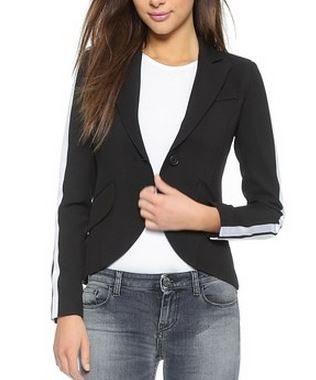
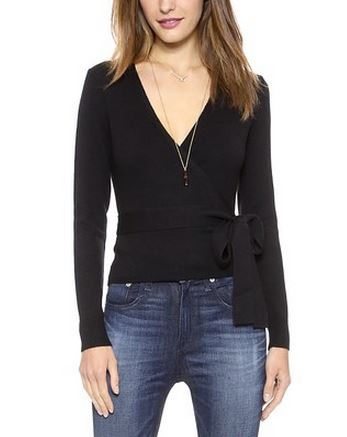
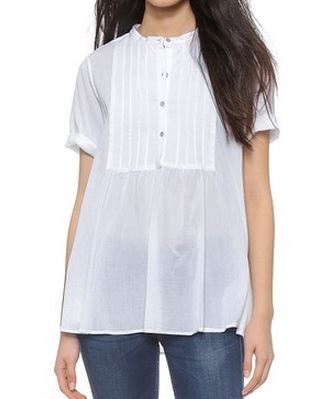
Once you have a set of requirements, you can apply your preferences — for color and styles. If you can’t articulate your preferences, you need to do a little poking around in catalogs, magazines and retail websites, to develop an inventory of concepts. Interior designers frequently recommend that clients put together a clip file (pages torn from magazines or tear sheets printed off the Internet) of things they like. The idea isn’t to find a picture of a finished room to replicate stick-by-stick, but rather to find the colors, shapes, individual pieces of furniture or fixtures, and schemes that appeal to you and build from there. The same exercise is very useful in looking for clothes and putting together outfits.
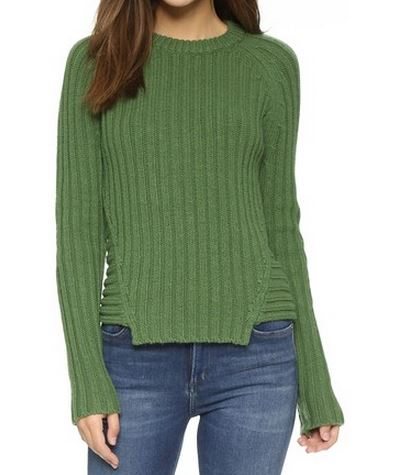
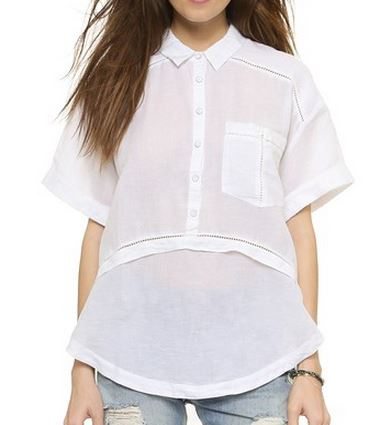
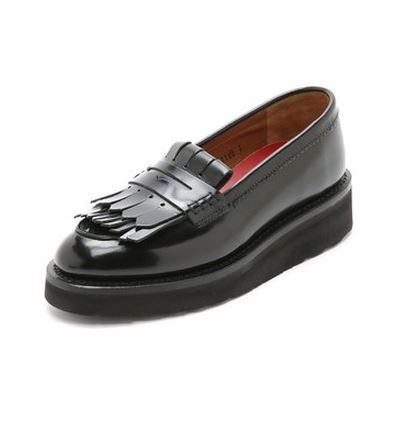
Discipline means setting goals for yourself and then pushing and restraining yourself (as needed) to achieve them. If you hate shopping and are never willing to do it, you’ll be pushing. That means setting aside a little time to plan your wardrobe and to acquire clothes; fortunately, the Internet makes it easy and convenient to fit these activities into the corners of your day. If you have a tendency to make lackadaisical purchases and the result is an incoherent wardrobe, you’ll be restraining yourself to shop less and more strategically.
“A little creativity” may seem more achievable if you call it applied critical thinking – taking the knowledge you have and applying it to new facts. Or, put another way, it’s the use of pattern recognition and extrapolation . . .and occasionally metaphor.
A little fanciful thinking in your day is never a bad thing.
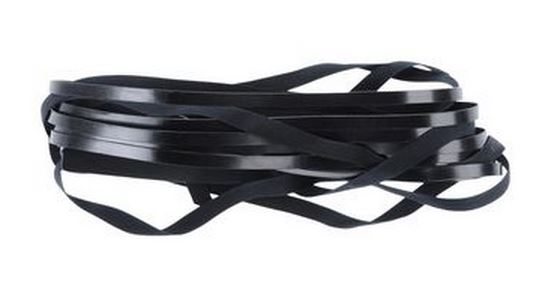
Does that seem like a lot to think about? Like any big project, it can (and should) be broken into manageable pieces and done a bit at a time. Step 1 is figuring out what styles are most flattering to your figure; from there, it’s largely downhill. You may also want to check out this earlier post, which offers tips on how to find the best designers and brands for you when you are overwhelmed by the size and variety of the marketplace.


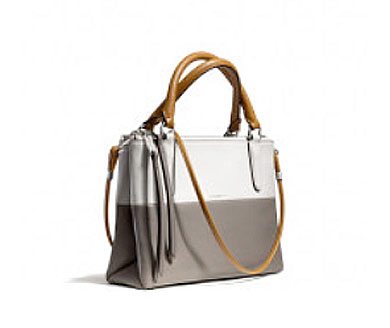

For me recognizing a shape helps as I look at clothes on hangers since I am rectangular. It took years to discover and it takes hours out of shopping. Wish I had thought it through earlier. Your blog will shorten someone’s distress no doubt. Kate
I hope so, Kate! When and how did you realize what styles look best on you? Was it trial and error or something you read that caused things to click into place?
I think if more people read your blog, I’d see more well-dressed people at work! It may not be rocket science, but it does take some critical thought, care, and TIME – which possibly people feel they don’t have enough of, to dress better. That is one reason that I advocate for the uniform, a uniform or at least a formula for people to follow if they have no natural inclination! I’m trying hard to elevate the environment and reputation of the school I administrate over and there are several people who for many reasons do not think they need to dress like they did when they interviewed for the job. Why is that? (sigh)
Your blog inspires me to hold to the ‘business casual’ standard tightly – the students need to see adults wearing professional attire on a daily basis, and taking some pride and thought in their appearance.